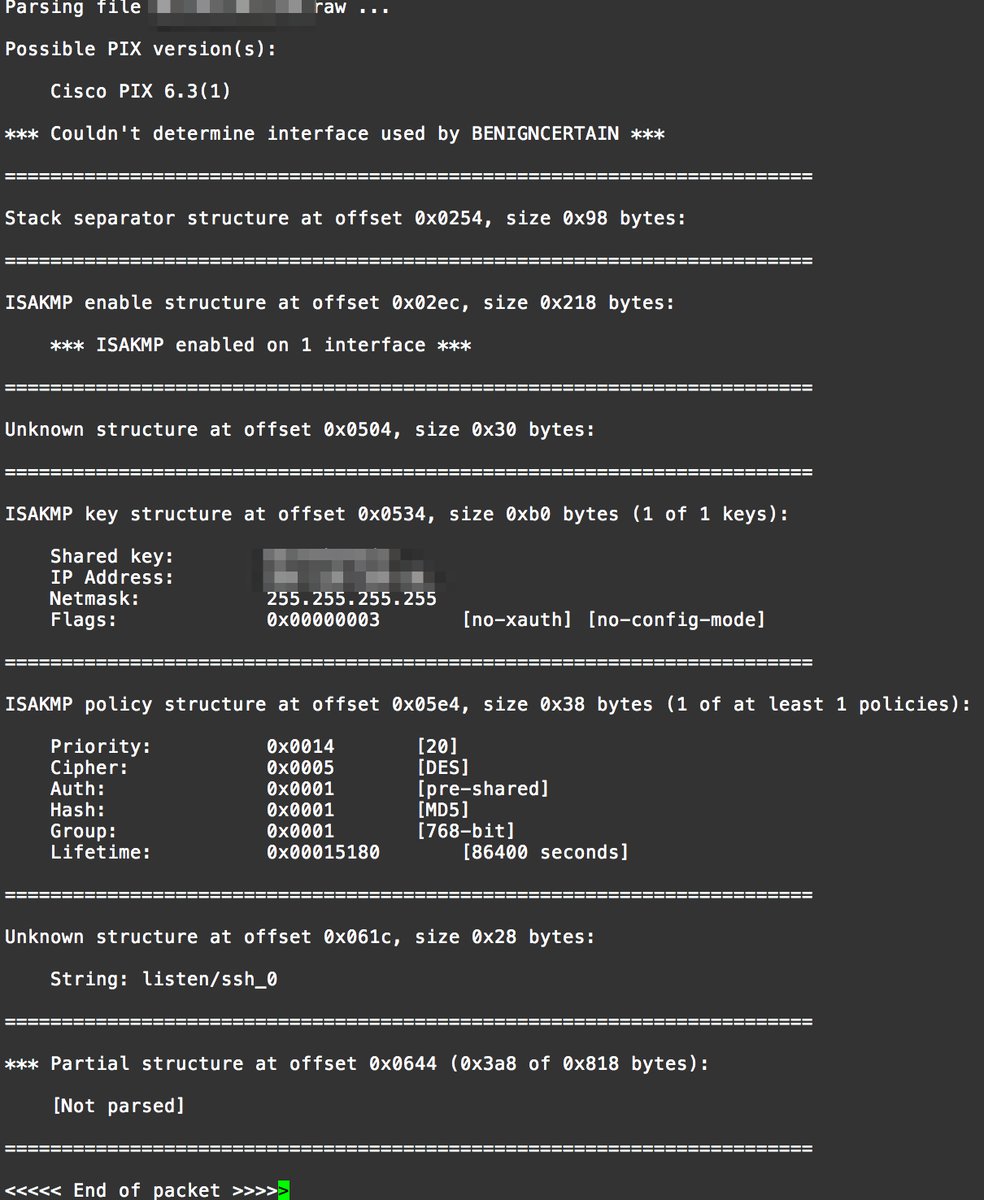Just to prove again that nothing is safe in this world, the Google Pixel Phone and Microsoft Edge were both hacked in less than a minute each in hacking competitions.
Google Pixel was hacked by a team in under a minute. The hack used a zero-day vulnerability to achieve remote code access on the phone. The hack opened a Google Chrome page and displayed “Pwned by 360 Alpha Team”. The hack earned a cash prize of $120,000 for the team.
Microsoft Edge was hacked in just 18 seconds by a team. The team gained SYSTEM-level remote code execution access on the system. Details of the hack were not made public until a fix is released.
In my opinion, it is utterly amazing to see that teams of hackers can crack systems in mere minutes, or even seconds with known hacking techniques. You would think that major vendors like Google and Microsoft would have those avenues all locked up by now, but unfortunately, not.
Just keep in mind, nothing is safe!
